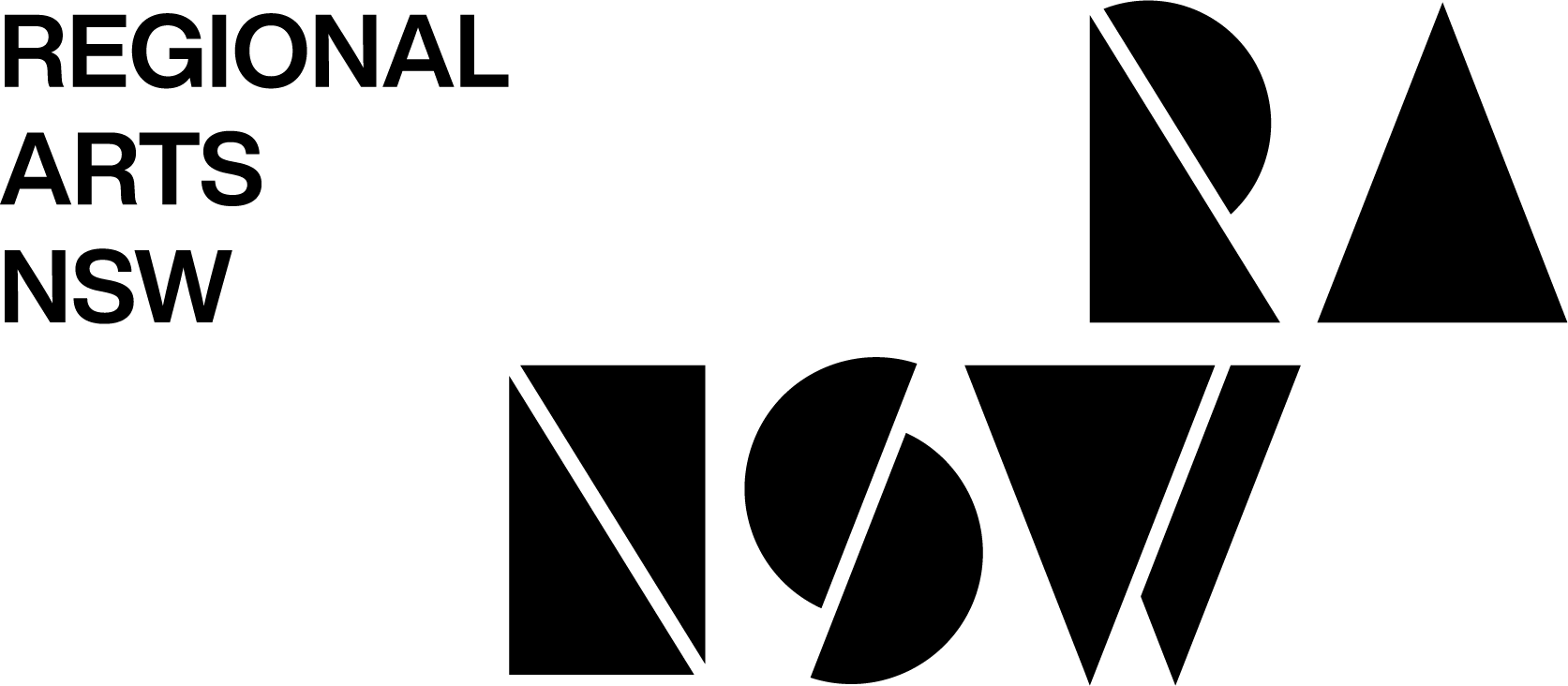History is written by the victors – so the saying goes – and local history has in the past usually been seen from the viewpoint of the most visible majority.
But a project to uncover the local lesser-known or hidden stories led by Coffs Harbour City Council’s Museum and Gallery Team – and featuring 10 Community Curators – has revealed deeper knowledge of the lives of the people who now, and in the past, call Coffs Harbour home.
“It’s only by walking in someone else’s shoes that we can really understand their experience,” said Museum and Gallery Curator Jo Besley.
“Every community is made up of people with very diverse life experiences and very different perspectives. Too often, a place’s history is presented from a limited viewpoint that doesn’t represent the lives of many members of a community.
“Our new museum YAM (Yarrila Arts & Museum) will be an inclusive space and we want it to reflect all the stories of the community, past and present. We want our history to belong to all and for everyone to have the same recognition as other – historically more visible – groups.”
Thanks to a Create NSW grant from the Local Government Authority Arts and Cultural Programs stream, 10 Community Curators were recruited to locate stories and objects currently missing from the collections.
Following training in the essentials of museum practice, the first-time Curators worked with their communities and networks to identify stories that mattered to them.
They then collaborated with arts workers such as photographers and film-makers to create content for the new Museum and Coffs Collections.
“Absolutely fascinating stories from the Gumbaynggirr, refugee, surfing, alternative health and education communities have been revealed,” added Ms Besley.
“For example, we heard about NSW’s longest running Native Title claim at Wenonah Headland and the thrill of playing soccer for a Yazidi girl who was never allowed to play in Iraq.
“These are stories that will enrich and diversify the Museum’s exhibitions, public programs and education activities, and be accessible to the community online via Coffs Collections.
“The more lived experiences we can present, the more people we will attract to the new Museum. It will be a place for our community and visitors to come together and share local stories, celebrate our history and broaden our horizons.”

